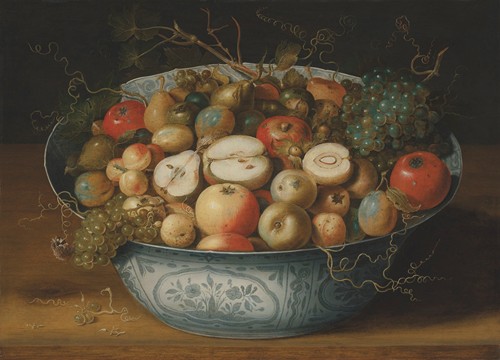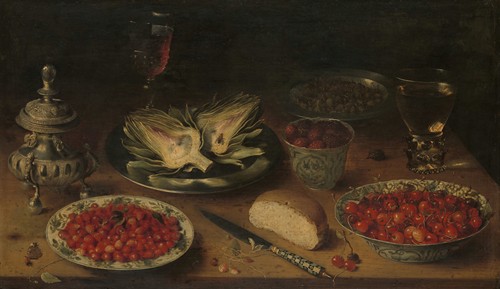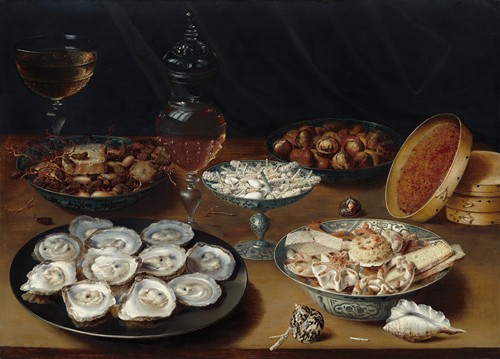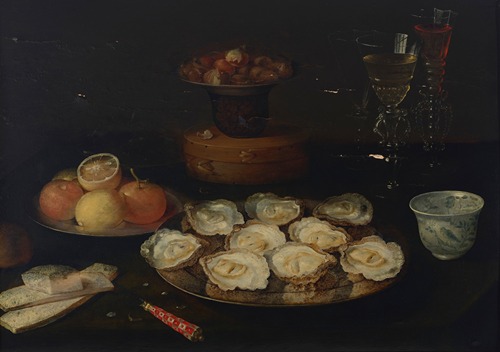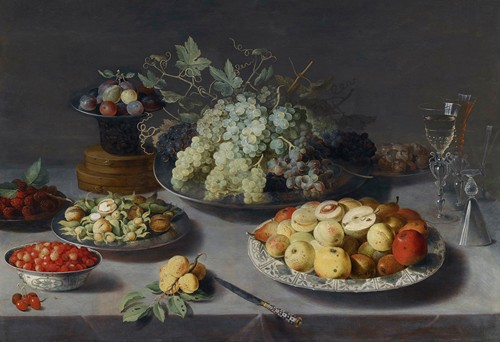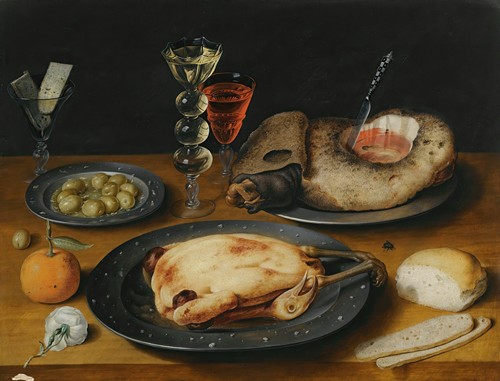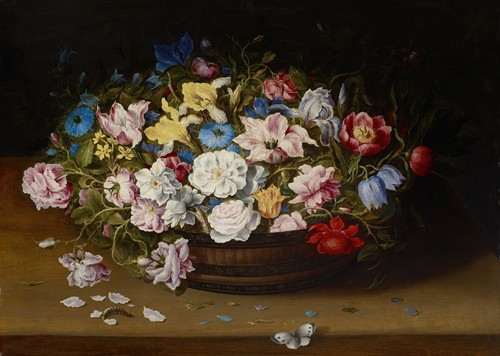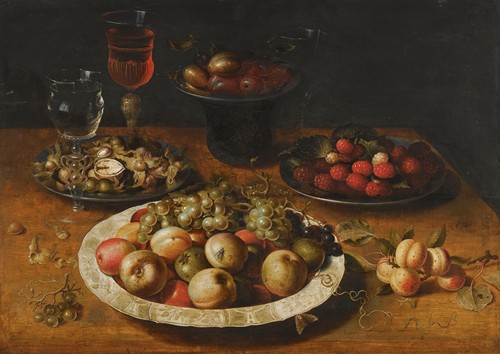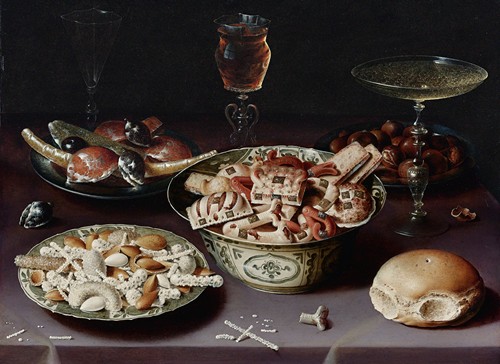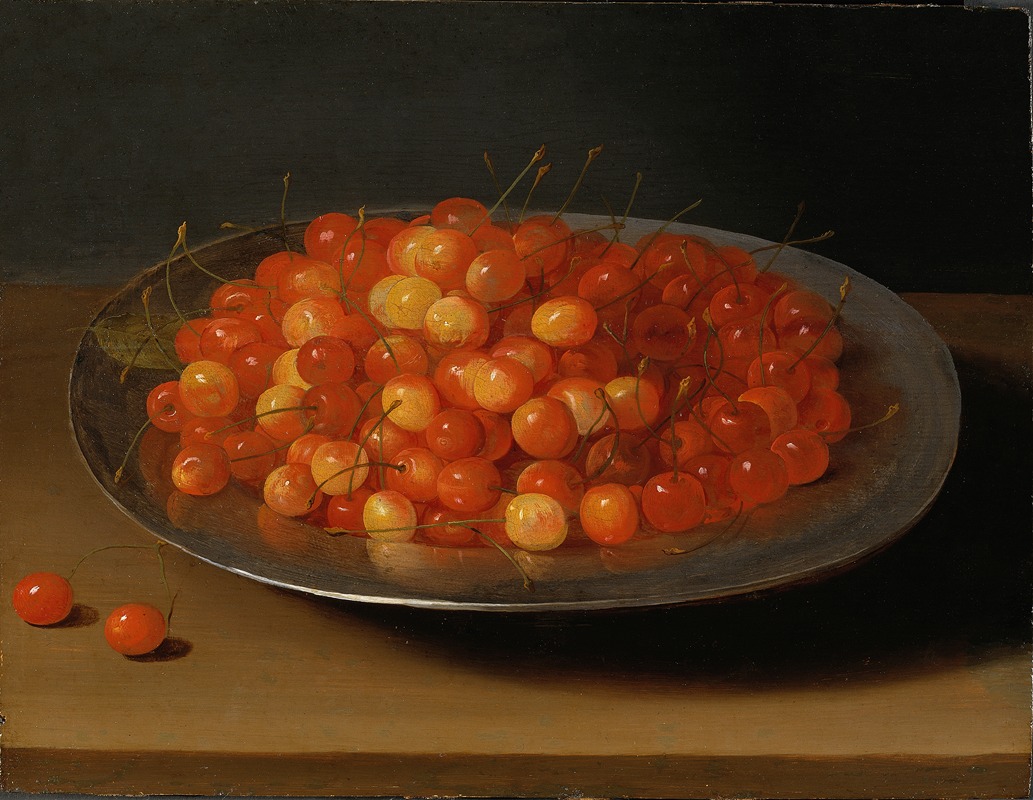
Osias Beert or Osias Beert the Elder was a Flemish painter active in Antwerp who played an important role in the early development of flower and "breakfast"-type still lifes as independent genres in Northern European art. He has been recognized as one of the most influential artists of the earliest generation of still life painters in Flanders. He contributed in particular to the development of still lifes placed on table tops featuring festive culinary delights as well as of sumptuous floral bouquets, typically displayed in Wan Li vases.
Little is known about this artist's early life. It is believed that he was born in Antwerp or possibly Kortrijk around 1580. His family was established in Antwerp by 1582. Here he studied under the little-known Andries van Baesrode (or 'van Baseroo'). He joined the city's Guild of St. Luke in 1602.
He married Margriet (or Margarita) Ykens on 8 January 1606. in 1622 the couple had a son, Osias Beert the younger, who became a master of the guild of St. Luke in 1645. Osias Beert the younger, as well as the students of Osias Beert the Elder, are probably responsible for the many replicas and variant versions of Beert the Elder's compositions that still exist today. Osias Beert the Younger is unlikely to have studied under his father since his father is believed to have died when the son was very young. Margriet Ykens was the aunt of Frans Ykens.
Beert was not only a painter but also traded as a cork merchant. The fact that he had a second occupation suggests that he did not gain a high income from his artistic work. He lived in the Schipperskwartier (shipper's district), a modest district of Antwerp. After his death, his widow Margriet Ykens had to sell the couple's furniture and paintings to pay a debt to the painter David Rijckaert II who had lent money to them to open their business. Beert was also a member of one of the local Chambers of rhetoric, which suggests he was involved in intellectual pursuits other than painting. He is believed to have died in Antwerp at the end of 1623.
His pupils included Frans van der Borch, Frans Ykens (who was his nephew), Paulus Pontius and Jan Willemsen.
